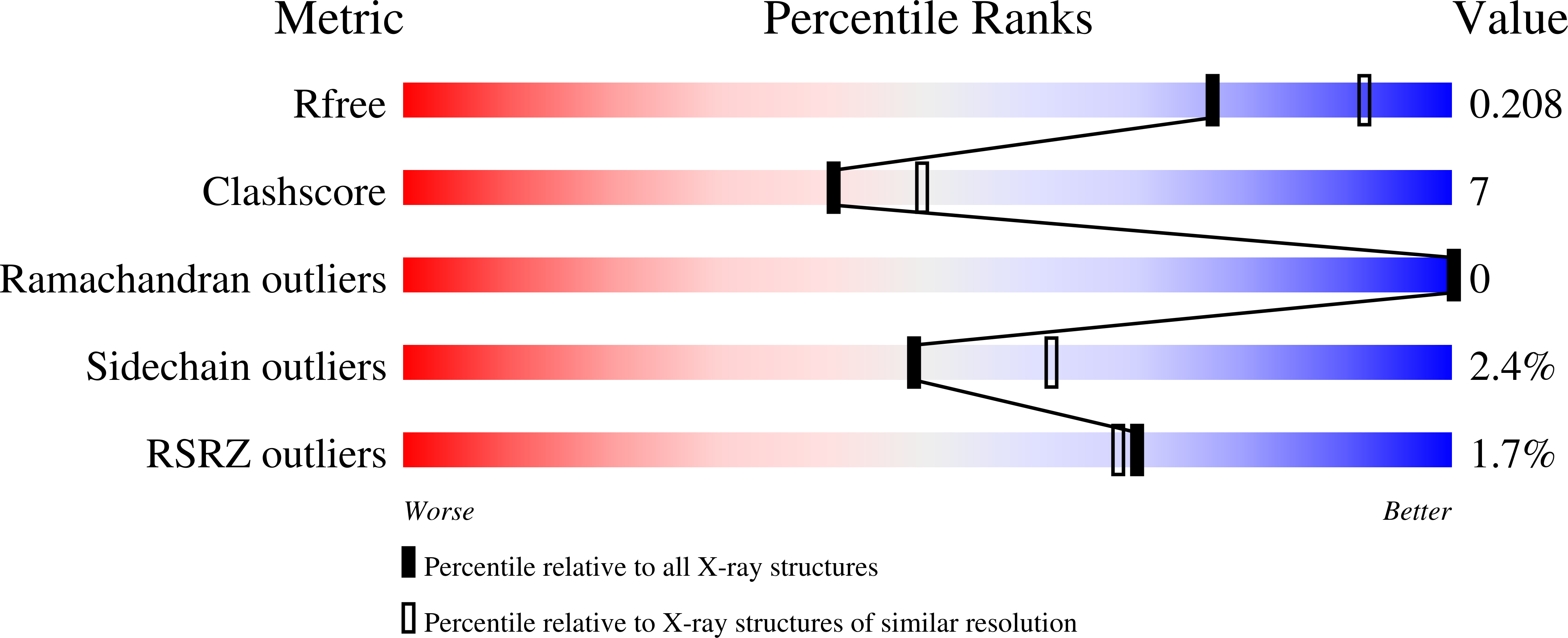
Deposition Date
2009-04-15
Release Date
2009-08-11
Last Version Date
2023-12-13
Entry Detail
PDB ID:
2WG1
Keywords:
Title:
TERNARY COMPLEX OF THE AGED CONJUGATE OF TORPEDO CALIFORNICA ACEYLCHOLINESTERASE WITH SOMAN AND 2-PAM
Biological Source:
Source Organism:
TORPEDO CALIFORNICA (Taxon ID: 7787)
Method Details:
Experimental Method:
Resolution:
2.20 Å
R-Value Free:
0.21
R-Value Work:
0.16
R-Value Observed:
0.16
Space Group:
P 31 2 1


